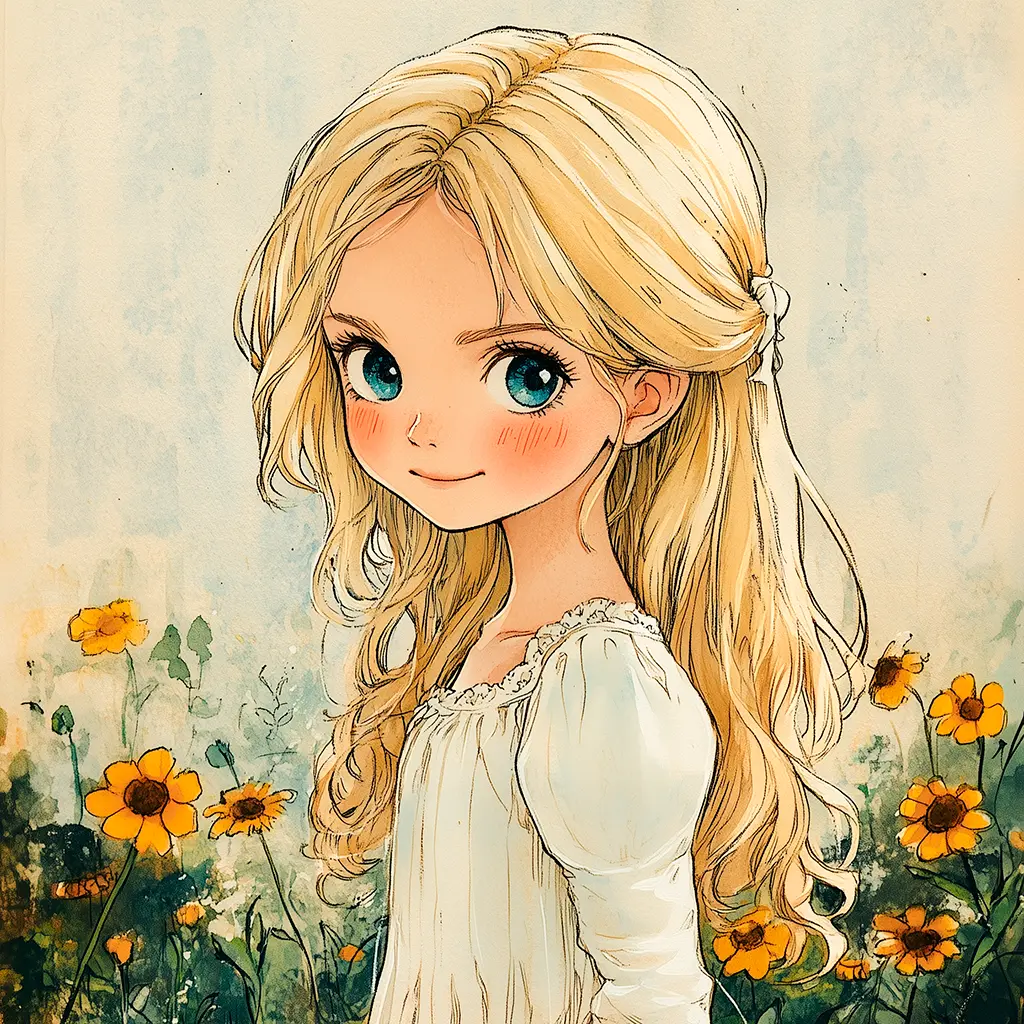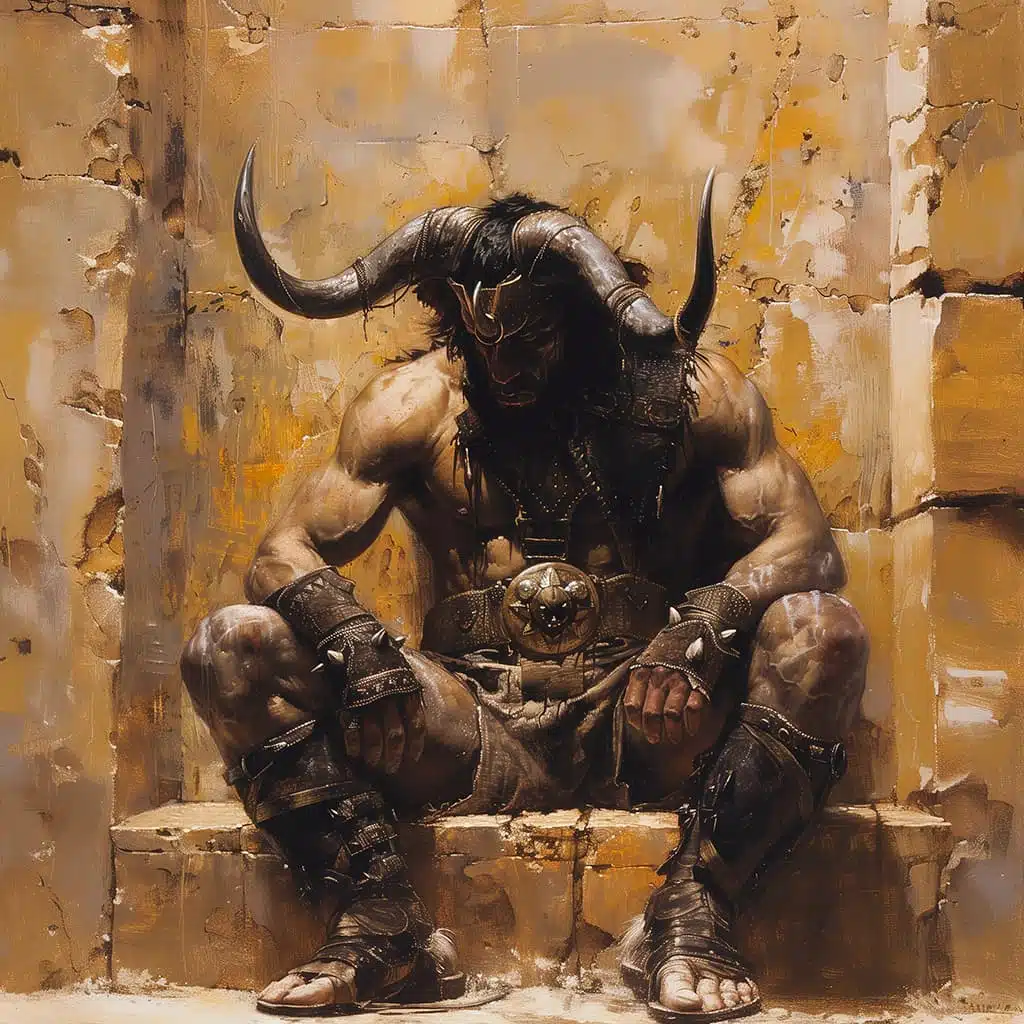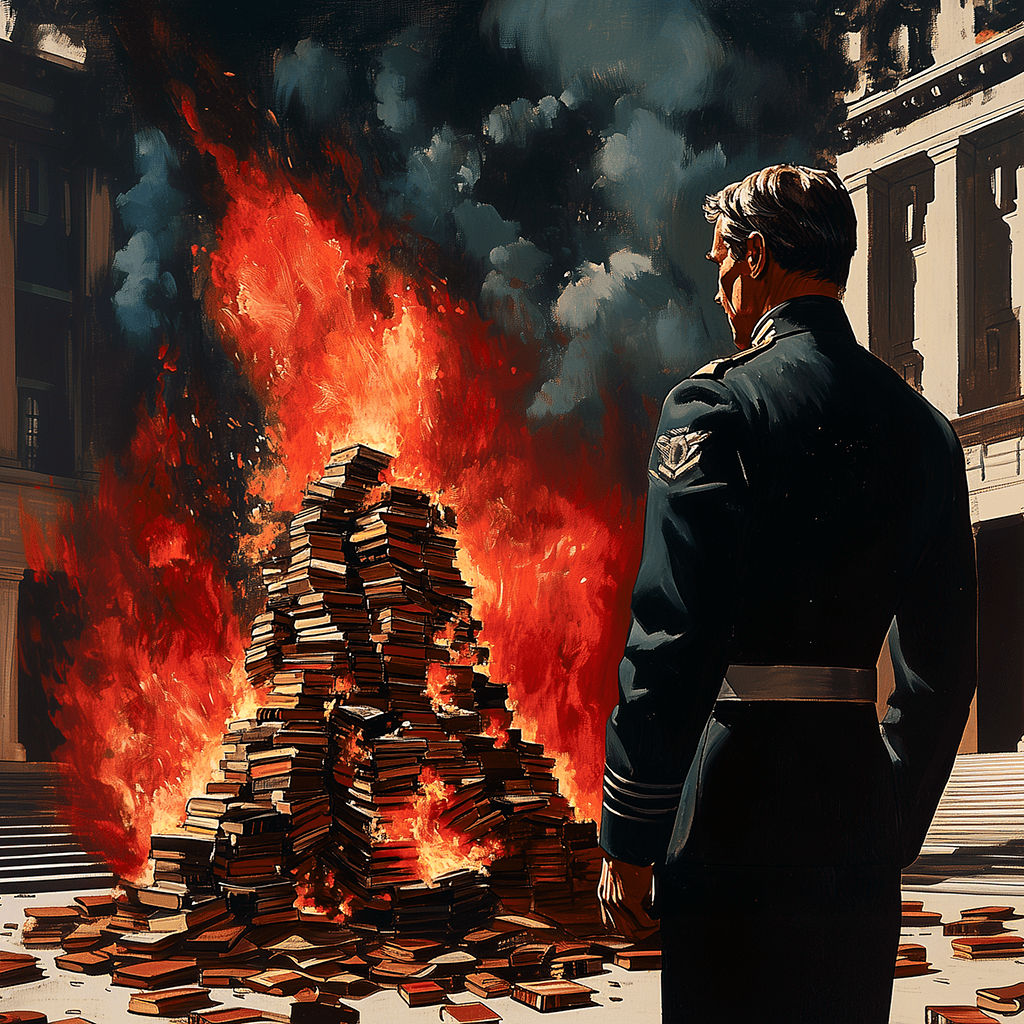Brian Aldiss: The New Father Christmas
“The New Father Christmas” is a short story by Brian Aldiss published in The Magazine of Fantasy and Science Fiction in January 1958. Set in the year 2388, it tells the story of Roberta and Robin, an elderly couple who live on the upper floors of a gigantic factory. When Roberta discovers that it is Christmas, she decides to share the news with three homeless people hiding in the basement of the factory, which continues to operate tirelessly. However, by inviting them up to her home, she sets off a chain of events that will forever change the fate of the inhabitants of this oppressive mechanized world.





